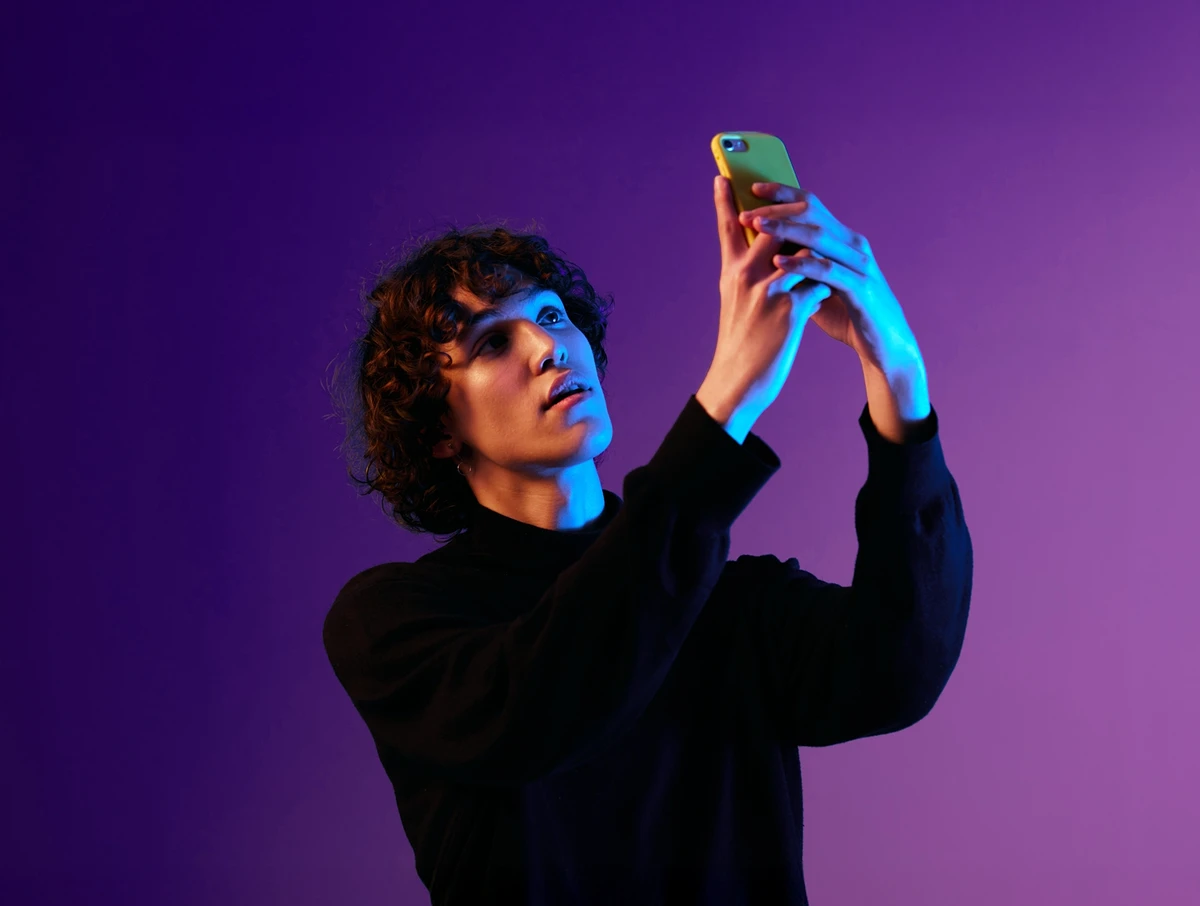Better companies
Fail fast, fail often
Cybersecurity, in the Plural
As passwordless authentication emerges as one of the next big shifts in cybersecurity, the story of multi-factor authentication (M…
Tuesday, 1 July 2025
article

Let’s talk about a time the under-30s might not even remember... before Facebook in 2004 or TikTok in 2016, several startups tried to create digital spaces for social interaction. In 2002, Friendster introduced the idea of extended friend circles and popularized the user profile as a space for self-expression. A year later, MySpace became one of the first to offer deep personalization and heavy integration of multimedia content.
But a mix of issues - technical glitches, poor user experience, unclear strategies, failed transitions to mobile, and of course, the arrival of Facebook - led to their decline.
Still, these early attempts paved the way. Every failure was a learning curve: intuitive design matters and adapting to both technology as well as user expectations is critical.
"I literally coded Facebook in my dorm room at Harvard and launched it within a week. It wasn’t meant to be a company - it was just something I thought would be useful for my friends at Harvard."
It’s 2004, and Mark Zuckerberg probably has no idea what’s coming.
By starting out in U.S. universities before opening to the general public, Facebook was able to build a strong community with well-defined behaviors. Its minimalist interface, the use of real names, and the gradual rollout of features helped win people over. The launch of the News Feed in 2006 shifted the platform from a profile-viewing experience to a real-time stream of friends’ activity.
Opening up to developers and embracing mobile early on - just as the iPhone was changing digital habits - enabled Facebook to become the backbone of connected life.
At the same time, YouTube, launched in 2005, revolutionized video sharing, while Twitter, created in 2006, became a go-to space for journalists and political figures. Facebook, YouTube, and Twitter - each with their unique identity - helped build a rapidly evolving digital ecosystem.
Social networks are now a part of our daily lives. Their success isn’t random. They fulfill core human needs: belonging, connection, self-expression, and recognition.
Their growth also relies on constant innovation. Each platform introduced an iconic format: Facebook’s status updates, Twitter’s punchy tweets, Snapchat’s stories, TikTok’s short videos, Twitch’s live streams. Algorithms boost engagement but also create content bubbles, while network effects create gravity: the more users a platform has, the more essential it becomes.
Today, social networks are no longer just about socializing. They are powerful tools of influence: shaping opinions, amplifying movements - for better or for worse. They’ve transformed media, politics, and marketing.
Whether seen as tools of empowerment or manipulation, they are now spaces of power – in which a growing part of public life plays out.
Rank | Platform | Active Users (in millions ) |
1. | 3,070 | |
2. | You Tube | 2,530 |
3. | 2,000 | |
4. | 2,000 | |
5. | TikTok | 1,590 |
6. | 1,380 | |
7. | Telegram | 950 |
8. | Messenger | 947 |
9. | Snapchat | 850 |
10. | Douyin | 766 |
As of January 2025 - Source: We Are Social